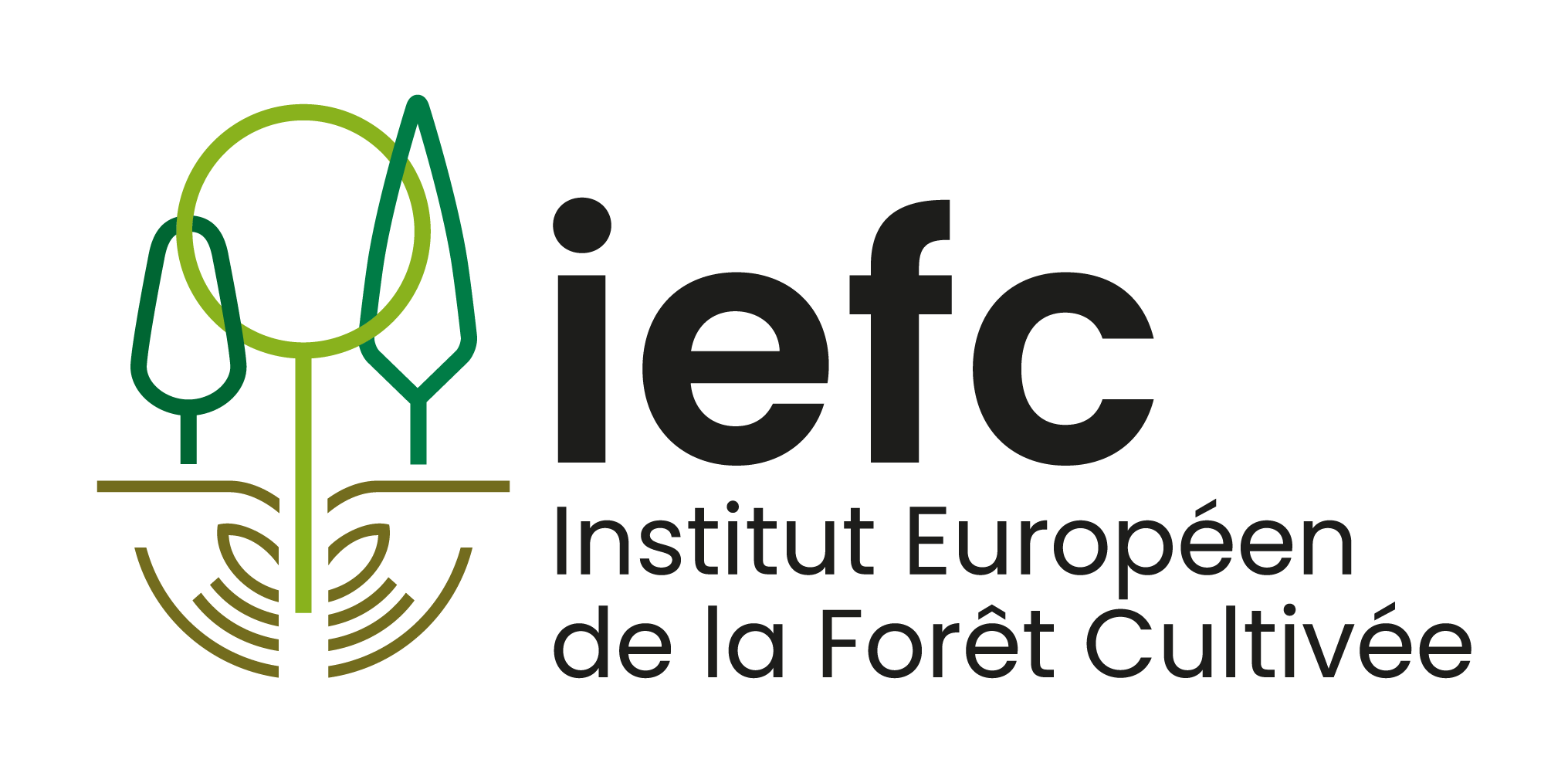

Wood has been vital to humans for ages, but as the pressure for wood increased, the solution was to farm trees in plantations to supply wood and reduce the harvest pressure on wild forests. Large areas of land were then planted with single species of trees of the same age, producing value once every few years or decades and risking losses to storms, diseases or fire. Soon, forests became recognized by products and services other than timber, fiber and fuel and so did planted forests. In addition to intensively managed for production, planted forests were also established for protection, conservation and combined-objective purposes.
The consequences of climatic, demographic and economic changes on natural resources are challenging. Climate changes, expressed through the occurrence of severe drought, strong winds, intense rainfall, extreme forest fires and/or pest and diseases outbreaks, produce major impacts causing environmental degradation, biodiversity losses, and disruption in resources sustainability. Additionally, the expanding production of agricultural commodities required to face the expected increase in global population, particularly in emerging economies, will further accentuate the pressure on forests, compromising the economic viability of a sustainable supply of forest products.
In spite, wood and ecosystem services are highly prized commodities, the economics of its production is still problematic with ownership fragmentation representing one of the major problems. Greater environmental awareness toward the importance and threats faced by forests could be achieved if forestry becomes economically attractive and if more resilient management approaches at landscape level are adopted. This could be achieved through the development of policies to compensate individual or joint ownership entities for undertaking actions that increase the provision of ecosystem services and maintained with the implementation of stand-to-landscape governance approaches that ensure resource management efficiency, increased economic growth, and equitable distribution of benefits.
The definition of planted forests is straight-forward when dealing with pure even-aged homogenous stands with defined spacing more or less intensively managed for wood or non-wood production. However, the concept of planted forests is widening, also including for example, areas planted with mixed species. Planted forests, regardless of their composition, can help in the process of landscape restoration, biodiversity maintenance in ecosystems that are more resilient and in the sustainable provision of ecosystem services with resulting environmental, societal, and economic positive impacts. To face the challenges, additional and continuous research is required to gain understanding about the causes and effects of anthropogenic and natural changes.
On one side, investment is required for the development of more productive elite species/genotypes that are climate and/or pest resistant; for the establishment of permanent plots and trial to study alternative management options and test how adapted and resilient these might be to changing conditions; for the development of tools to assist forest managers integrating emerging technologies. On the other side, practitioners must have access to research results, scientific advances and research breakthroughs that can bring science into practice.
IEFC participation in research is a means to an end, allowing an up-to-date passing of experience, best practices, and knowledge while reducing the gap between science and practice. IEFC activities focus on dissemination for awareness, understanding and action using a variety of pathways. With the IEFC Newsletter, the most recent news are communicated straight into subscribers’ inboxes thrice a year. The “Let’s Talk About Planted Forests” Webinars, involving technical specialists and researchers, bring together a community of people and organizations into thematic discussions also facilitating networking. The participation in Research Networks vital to join people with common interests potentiating interaction, discussion, and the reviewing of findings (Two good examples are Reiinforce and Formix networks aiming at deepening the knowledge on the interactions among tree species and the resilience of tree species across climatic gradients). The recent initiative of launching of a series of Planted Forests’ Reports pointing to particular aspects of research presented in a way that translates the information into knowledge that can be applied by practitioners. The first two reports, focusing on “Guidelines For Forest Managers and Tree Breeders” and “Adaptive Breeding for Productive, Sustainable and Resilient Forest’s under Climate Change”, respectively, will soon be available on-line.
For IEFC it is essential to create, manage and share information about planted forests, their management and resulting goods and services. Involved in numerous research projects tacking the major challenges and threats forests are facing, from tree breeding for climate change adaptation, to (a)biotic risk management oriented practices, IEFC continues focused on sharing experiences and capacities within its network of members and with all stakeholders involved in the management of planted forests. Furthermore, in 2022 IEFC created a Network Fund, available for IEFC members, with the ambition of facilitating the cooperation on Planted Forests and is looking forward to seeing the results of the projected approved.
Susana Barreiro, President of IEFC

